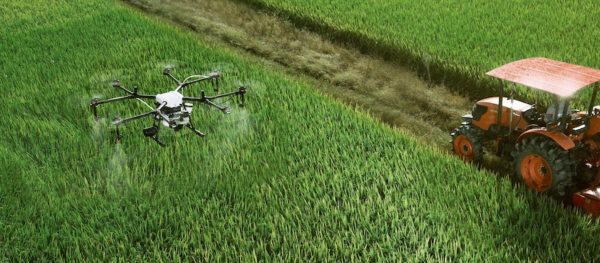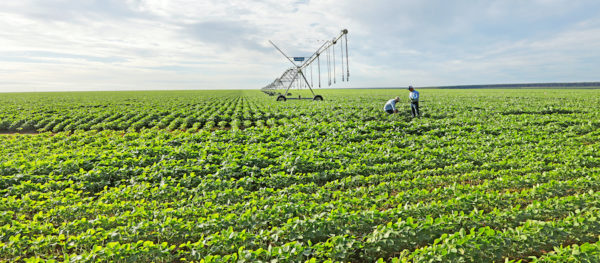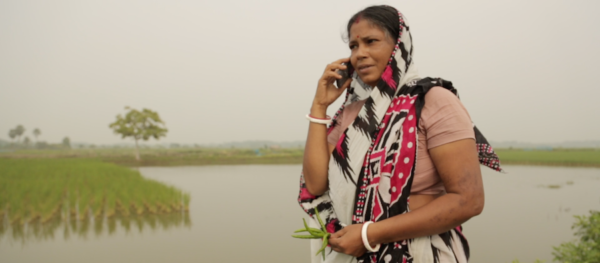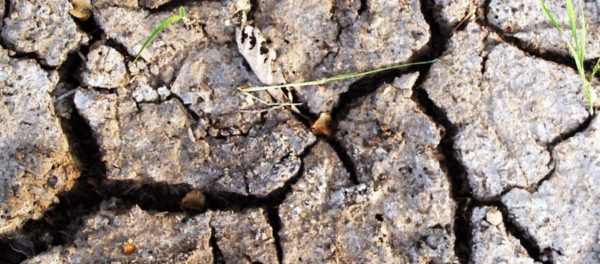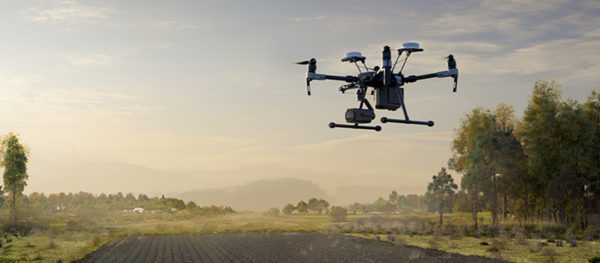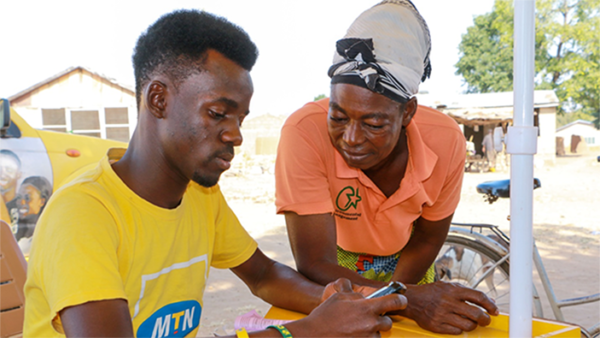Tag: digital agriculture

Transforming Agriculture Through Smart Farming: From Data Ownership to Open Data
Global: Smart farming practices and open data can help overcome ownership barriers.
Read MoreA Carbon-Zero Future: Agriculture’s Role in Mitigating Climate Change
Global: New techniques and approaches for empowering farmers to reduce the sector’s contribution to climate change.
Read MoreHarnessing Digital Tools for Climate and Agriculture
Global: Digital tools can empower farmers in developing countries with information and support, and the role that researchers, governments and the private sector can play in bridging digital divides.
Read MoreGround Truth: Digital Innovations to Improve Soil Health
Africa & Middle East: Digital technologies have a critical role in helping us to understand the health of soil.
Read MoreHow to Ensure the Digital Revolution Leaves No One Behind
Global: Ranveer Chandra, Chief Scientist, Azure Global, Microsoft
Read MoreWhy Digitalisation Should Be at the Top of the Agenda for Transforming African Agriculture
Africa & Middle East: The potential for new technology to support African smallholders deserves greater attention.
Read More